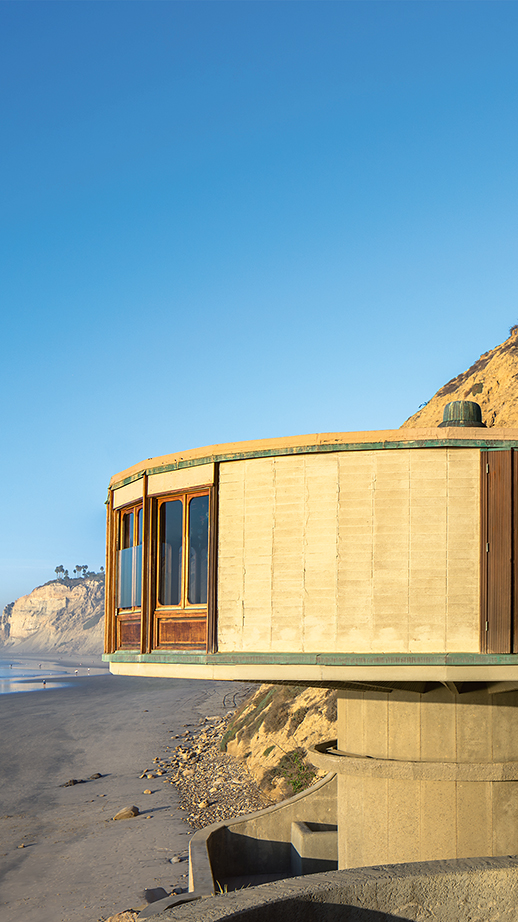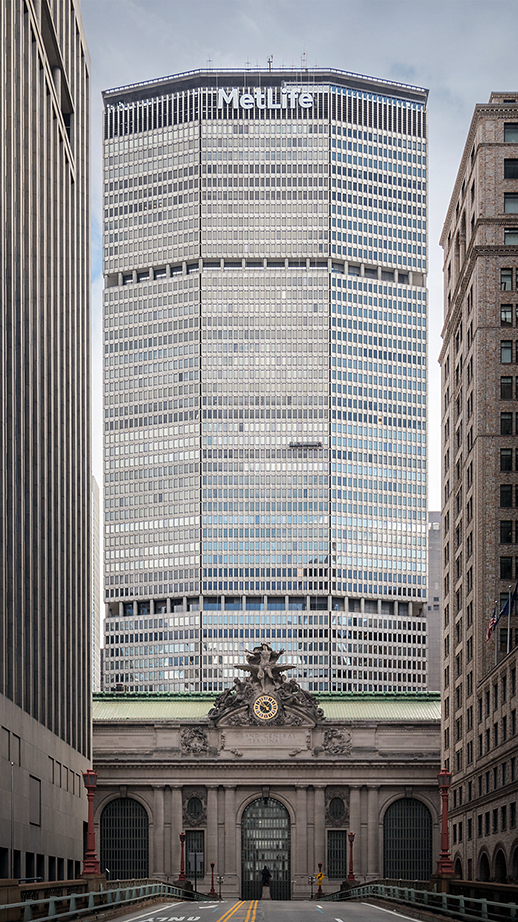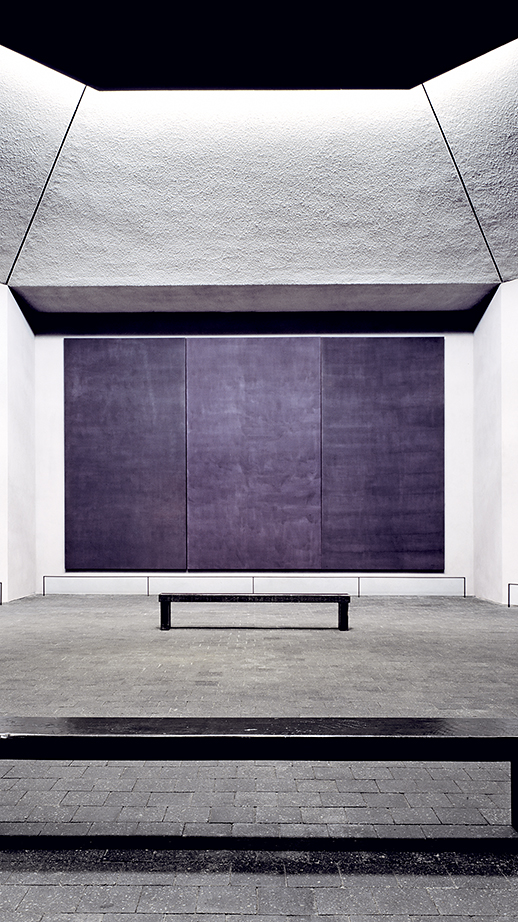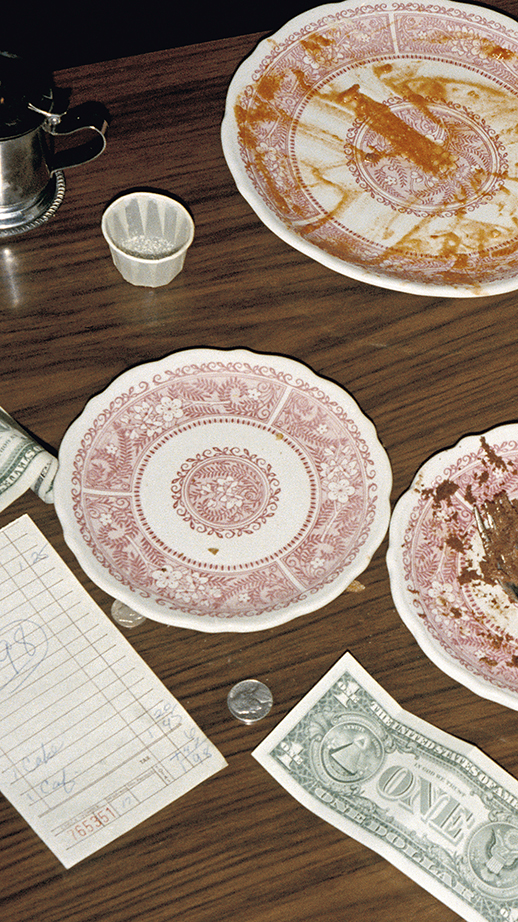The Travel Issue
None of us have been able to travel during the pandemic. But, as the world slowly opened up, we decided to highlight a trip back to another time and place – mid-century modern and Seventies America – we’ve scoured the archives of Phaidon’s photography, art, and architecture travel books to bring you this fun and tranportational issue of the magazine.





